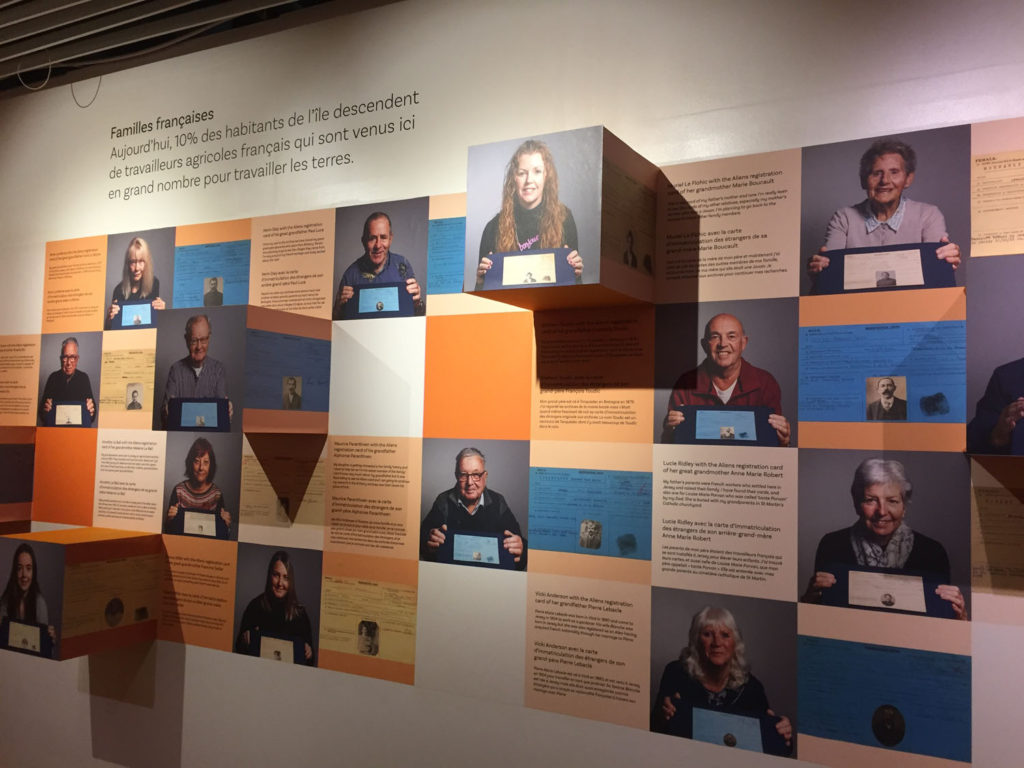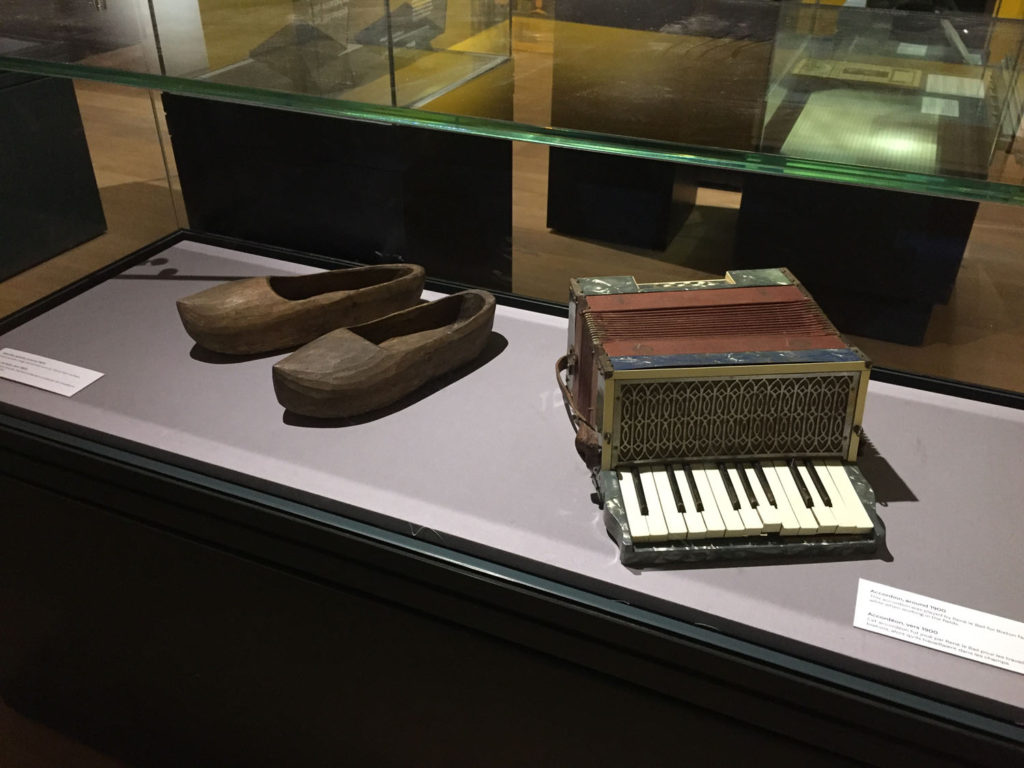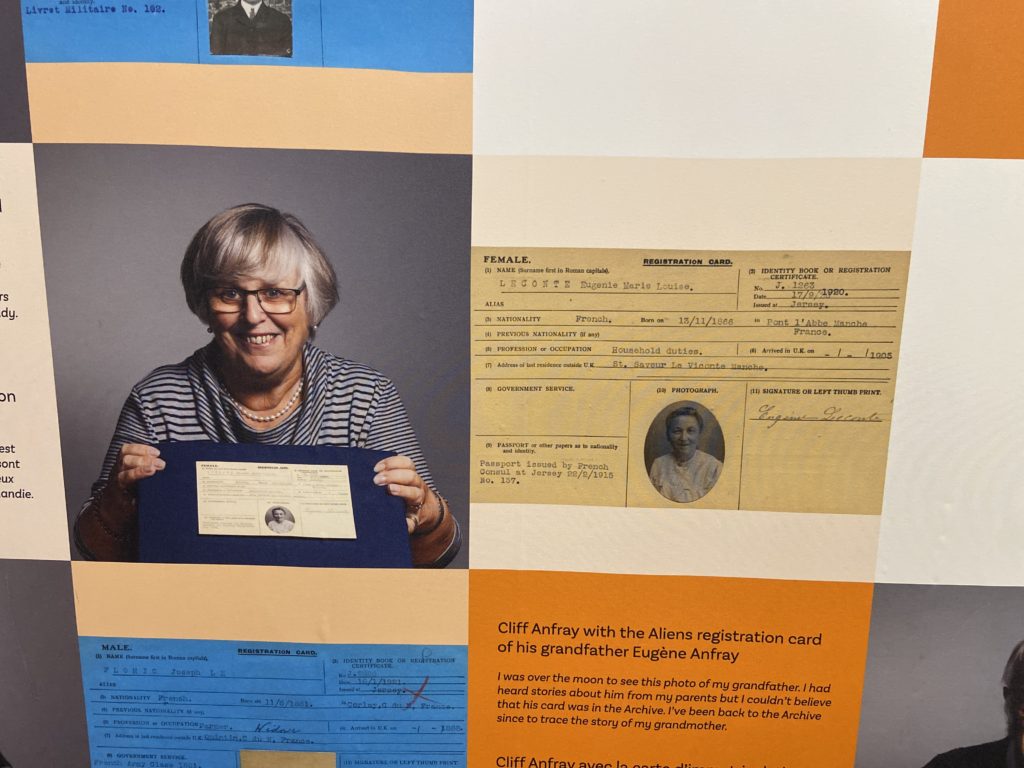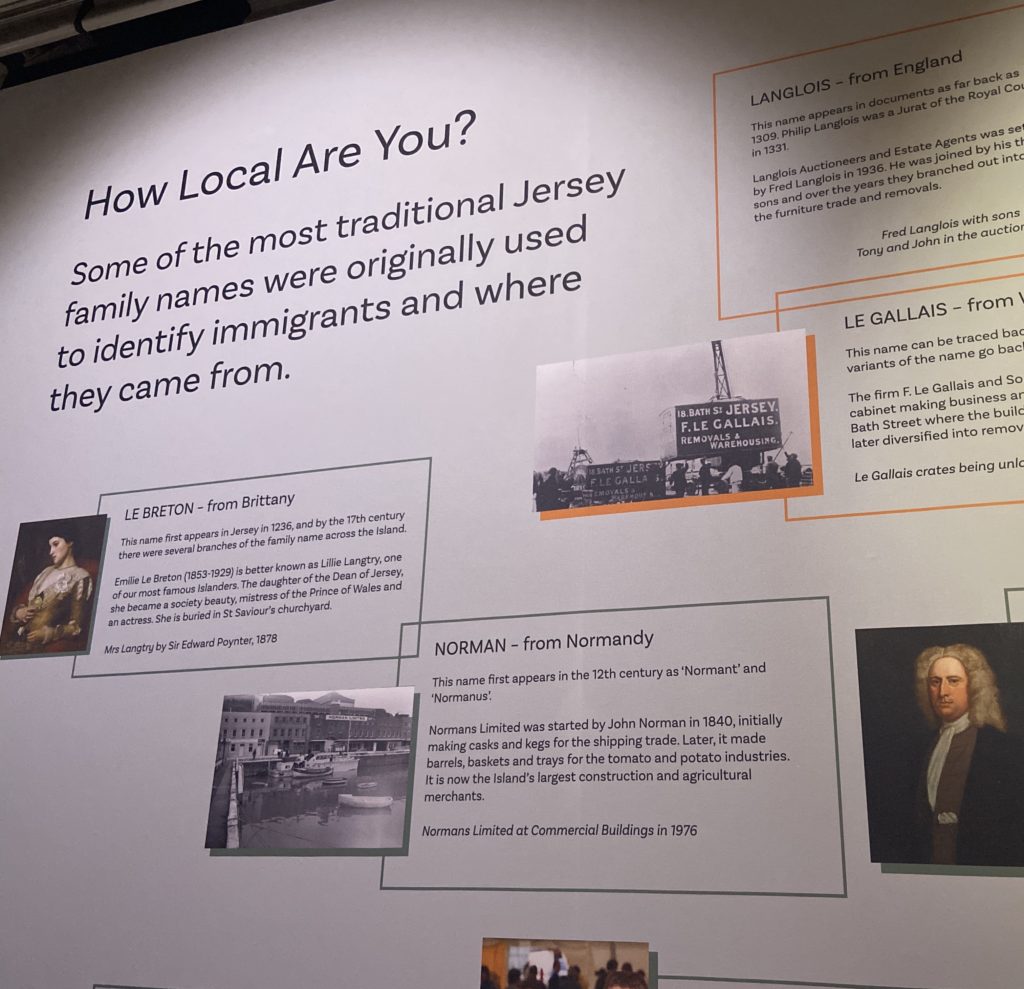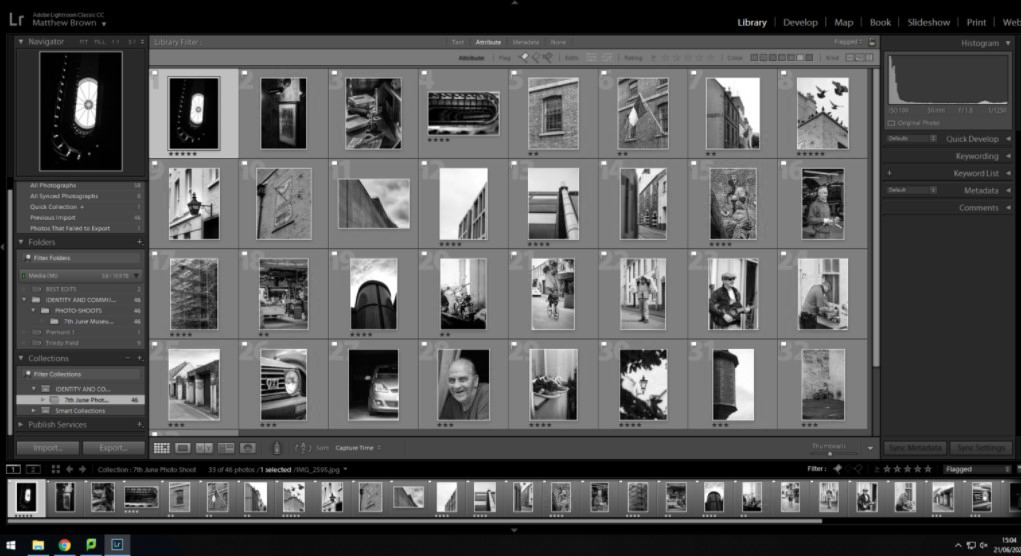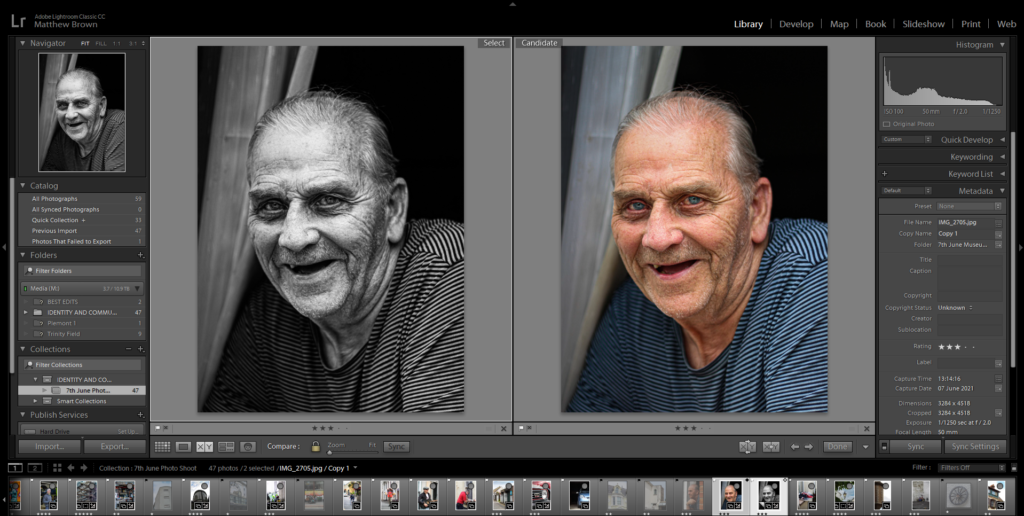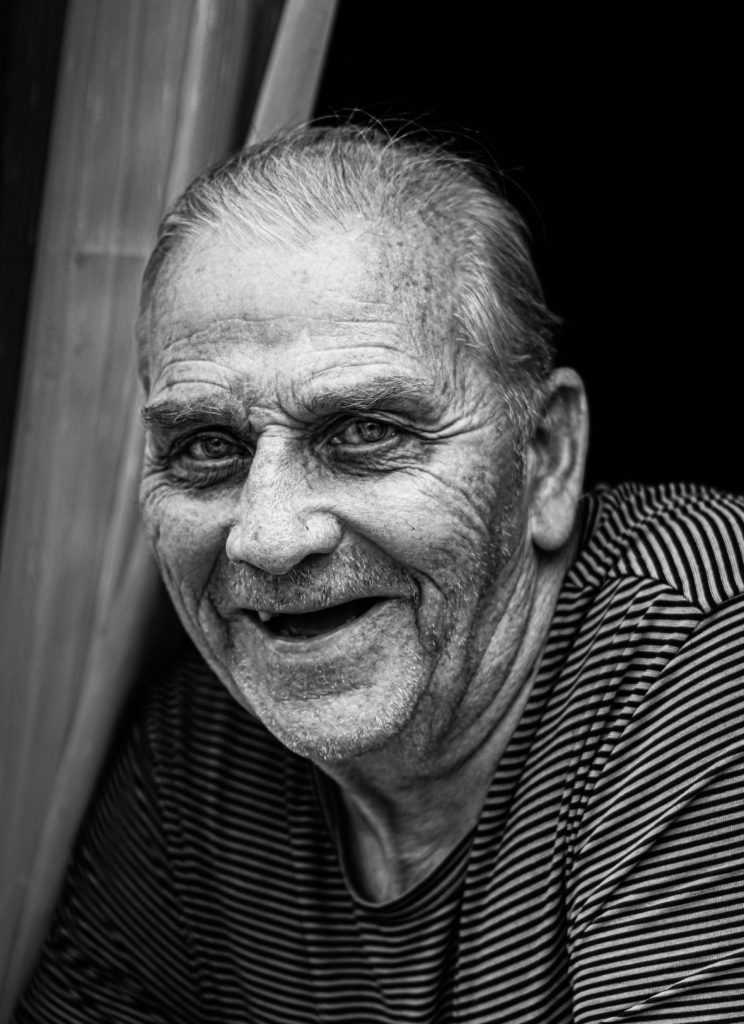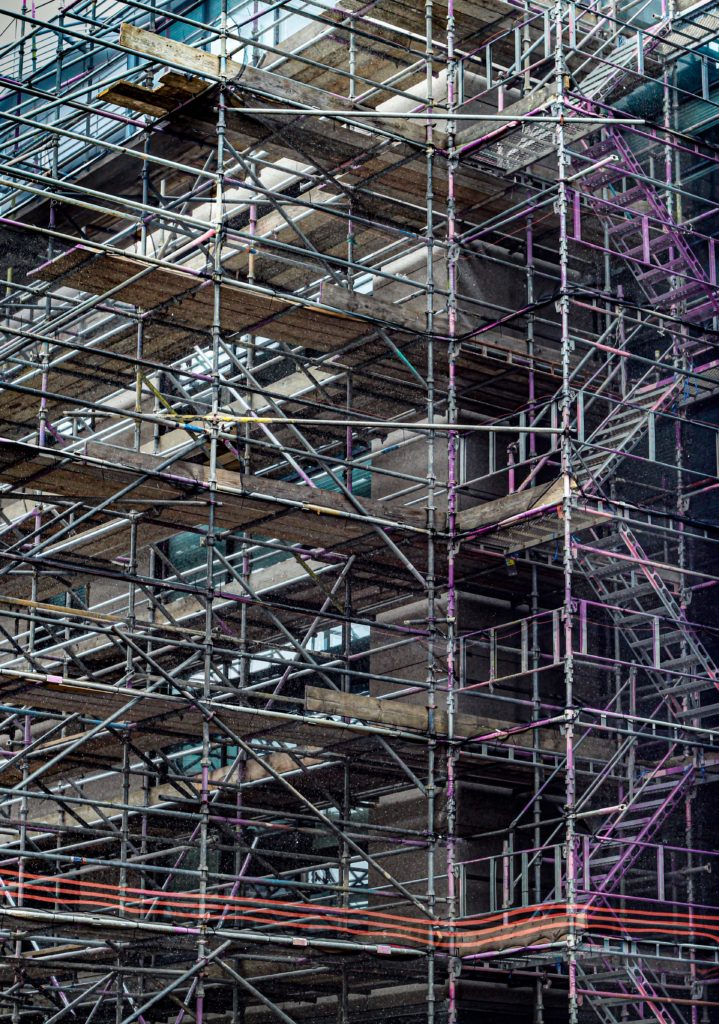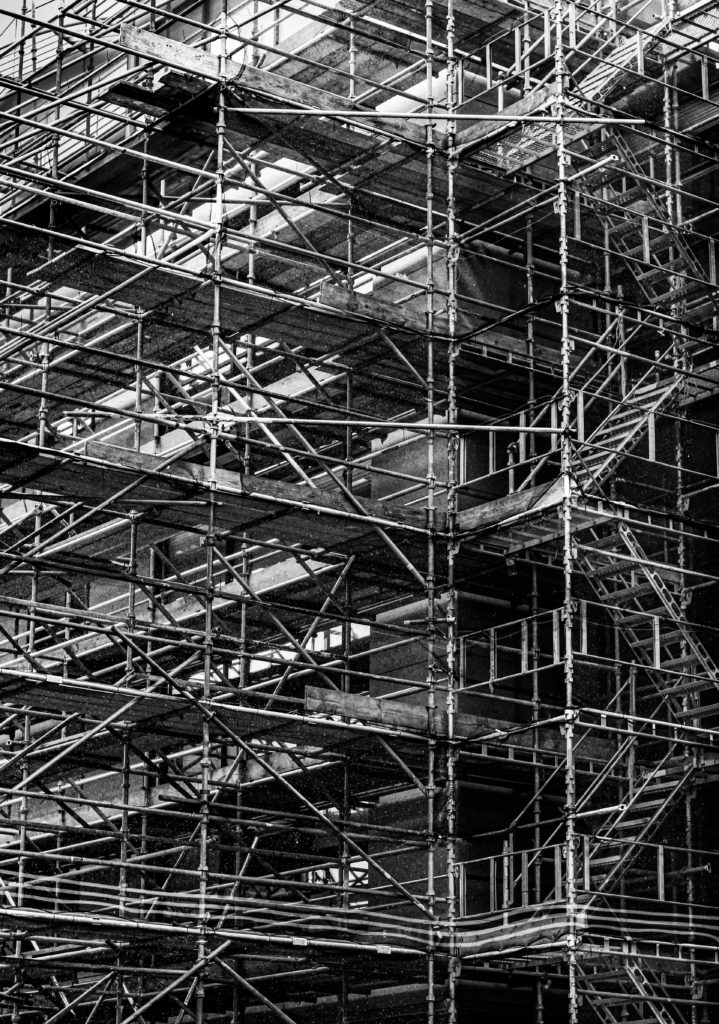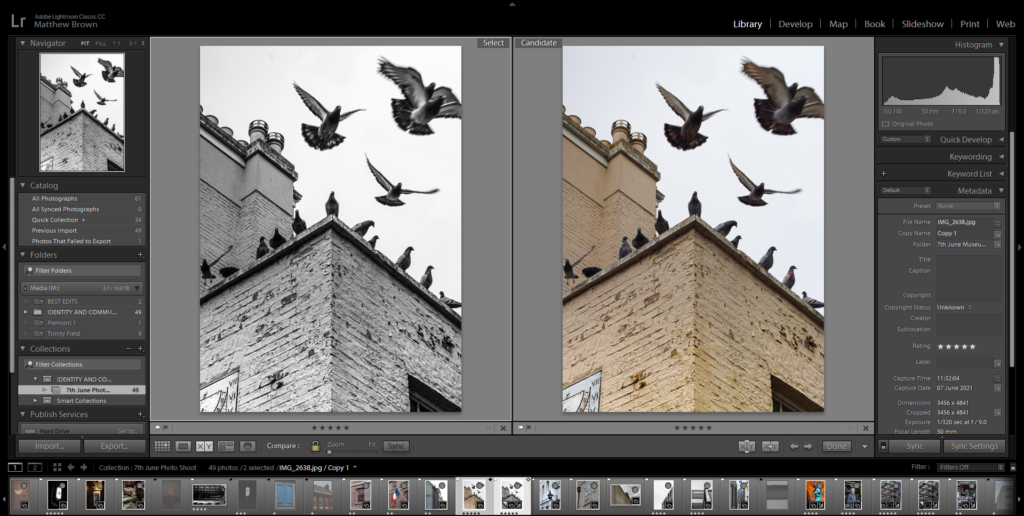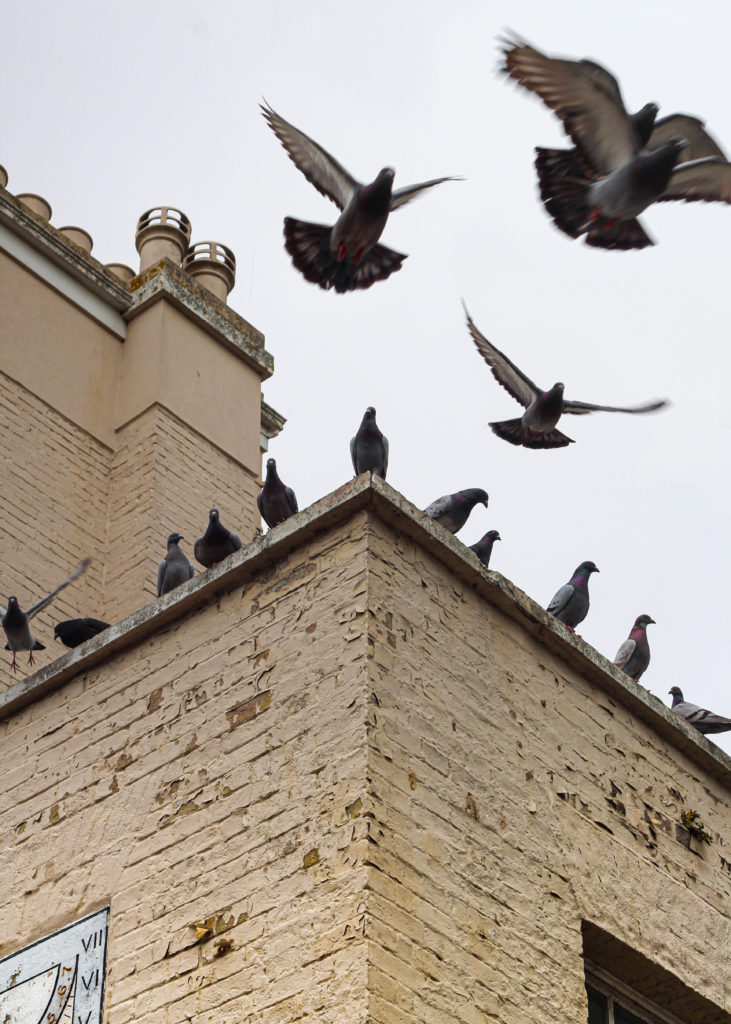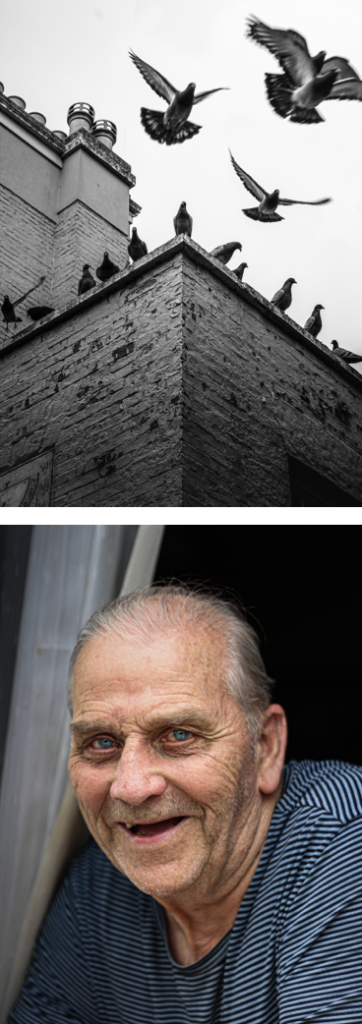for my first chosen photographer I have decided to look into Will Lakeman‘s work. He looks into social housing buildings and photographs many different buildings and flats which show the whole structure and community of Jersey.
some of his work-


I wanted to look at his work and take inspiration from him as I want to photograph town and look at the community within st. helier.
The second contemporary photographer I want to look at is Robert Adams he is an American photographer who has focused on the changing landscape of the American West. His work first came to prominence in the mid-1970s through his book The New West and his participation in the exhibition New Topographics. He looks at the community by focusing on taking photos of simple buildings and areas of a city that identify a place.
some of his work-

analysis of their images-
Will Lakeman image-

This image I have chosen to analyse uses lots of colour as well as having extremely dark almost completely black areas in order to create a very sharp and powerful contrast between the beaming coloured lights. This photo was taken at night or perhaps just right after the sun has set as there are still some light blue undertones in the sky however that could just be the powerful reflection of the coloured lights. The lights in each flat are very bright which capture the viewers attention directly at the building as the rest of the image is just a dark background consisting of cars and street lamps. The building being centered right in the middle of the image has a powerful effect as it makes it the main focus and grabs your attention right away being able to see all the different colours of the light that are shining through the flats. The trees on the ground level have also been positioned well in the image as the two trees at the front are well lined up with the two columns of windows going up the apartment building. I think this image really makes you think about how there are so many little lives in each window in the building and almost every colour reflecting tells a different story as everyone in the building thats living there has such a different background. I think this photographer captures the idea of Identity and Community’ very well as identifies Jersey as lots of buildings with so many stories inside and it can give you an idea of what town would look like if you were going to walk through it at night. I think Will waiting for the perfect time , night time, to capture this image as it let him capture all the different colours and night time is when the day is coming to an end which means that is when everyone is home together which creates this safe feeling of the community being shown.
Robert Adams image-
.jpg?mode=max)
In contrast to Will, Robert Adams image I chose to analyse is very different and the complete opposite. I like how simple yet effective Roberts images are at capturing the community to show what the living environment of that city is. His image contains very strong contrasts between black and white, as well as using a variety of different tonal shades. This allows you to see all the houses more clearly as they stand out extremely from the dark shades that surround them. The composition of this image is done very well as the houses are photographed on the bottom half of the image and the sky is the upper half of the image. This separates the image well and creates an even divide between the two. The sky is a lot lighter than the houses which creates a very powerful contrast. I dont think there’s any meaning behind Robert Adams images as his focus was to just photograph the simplicity of buildings and different communities in certain cities or towns he visited.














